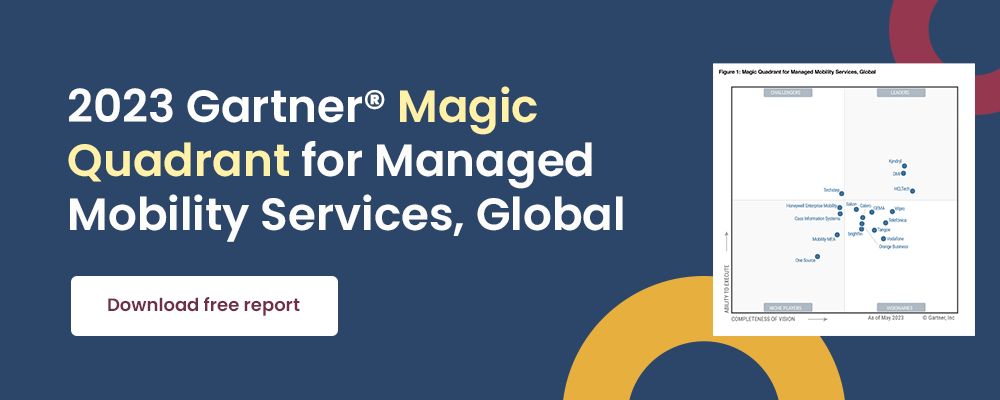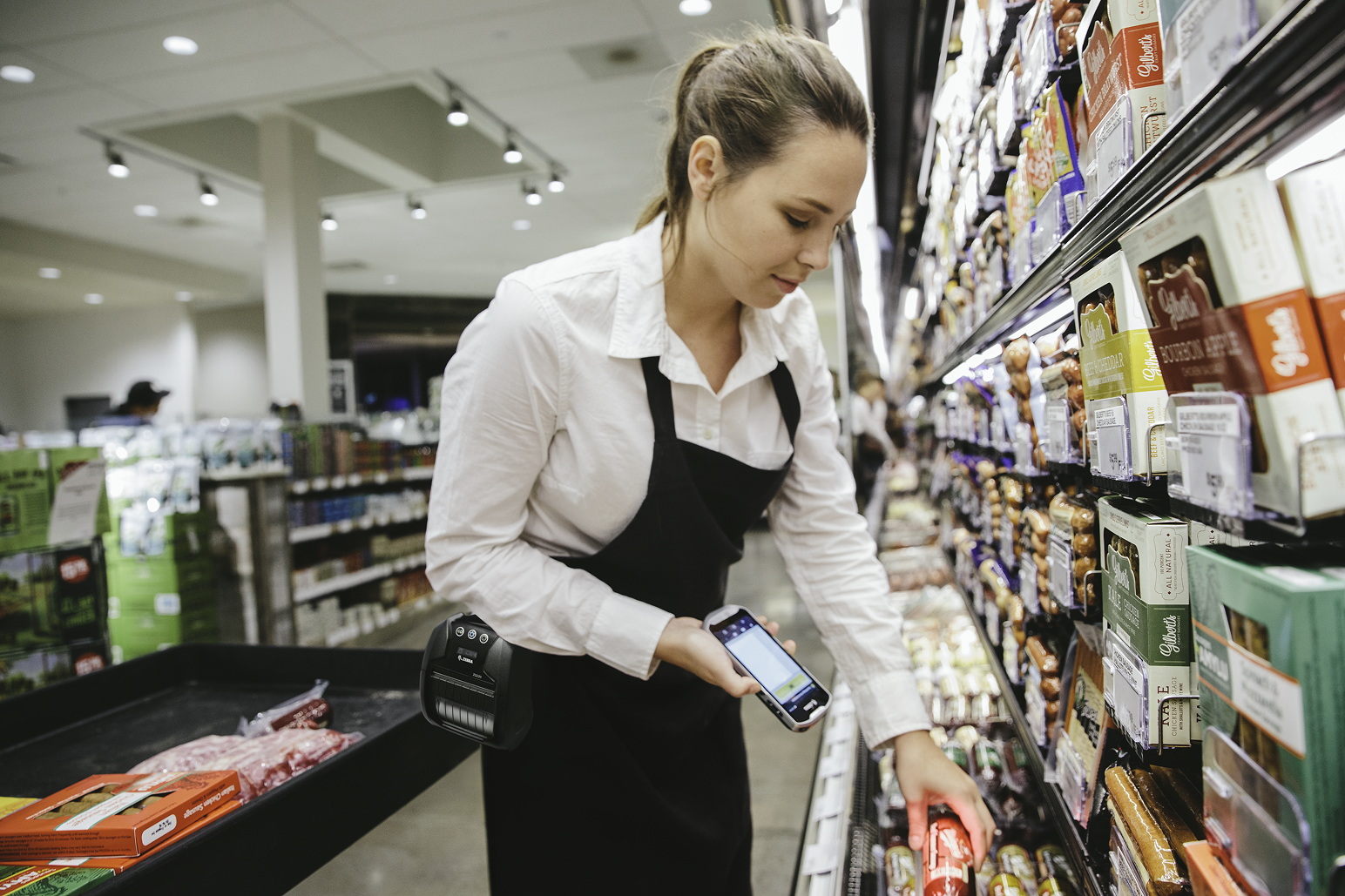With approximately 80 per cent of the global workforce considered deskless, it is clear that mobile technology changes the nature of work for numerous workers away from the office desk. Given this context, we find it interesting to highlight the differences between managing mobility for office workers and frontline workers. This article aims to outline these distinctions and offer best practice strategies for managing personal devices utilised by office and hybrid workers, as well as shared devices used by field workers.
Highlighting the Differences
Setting aside various use scenarios, the most notable difference between office and hybrid workers compared to frontline workers is their utilisation of mobile technology. The former often use company-owned devices for both professional and personal use, whereas the latter rely on devices purely as work tools, often shared among multiple individuals. From a mobility management perspective, this has several implications.
Device selection management
In the field, rugged devices capable of withstanding harsh conditions are essential. However, there is a considerable difference between a retail floor and a construction site. A common challenge arises when selecting devices for frontline workers, as they are often not directly involved in the decision-making process. The choice is typically made by someone who may not have experienced the daily challenges faced by these workers during an eight-hour shift. To address this issue, we strongly recommend conducting field studies and actively engaging with frontline workers to ensure that the mobile technology provided is truly tailored to their specific needs.
When dealing with hybrid and office workers, selecting the right device becomes more complex due to its dual usage for both professional and personal needs. Narrowing down options to manufacturers offering device enrolment software and enterprise-certified product lines is a good starting point. However, even after ensuring that the functional requirements are met, there still remains a wide range of devices available at different price points. The decision-making process is influenced by personal preferences, such as familiarity with the operating system, ecosystem engagement, screen size, camera capabilities, memory capacity, and intangible factors tied to device brand and model.
Read more: Increase both productivity and security with Samsung Galaxy Enterprise Edition
Managing the device lifecycle
Managing the device lifecycle also differs between personal and shared/purpose devices. For the latter, there is no specified user, making it challenging to ensure that new devices are ordered, missing devices are reported, repairs are handled promptly, or devices are properly returned to charging racks at the end of each workday. Implementing a device owner structure, connecting devices to specific locations, routes, or similar contexts, and assigning owners for these instances, can help address this issue.
For personal devices, we recommend using a policy-guided self-service approach. This involves pre-determining all lifecycle events, including device selection options, coverage policies, ordering timelines, repair procedures, theft protocols, and secure and sustainable device disposal methods. By digitising these processes, you can reduce IT administration and ensure that employees are not assigned different device models, thereby eliminating any disparities.
Security and privacy management
When employees use company-owned devices for personal purposes, addressing privacy concerns becomes essential. Users should be informed about how privacy is handled, including which information can be accessed by whom and under what circumstances. Achieving a balance between control and individual freedom becomes crucial when ensuring security for personal devices.
Managing devices used by frontline workers often involves restricting access only to necessary features and functions, eliminating any unnecessary elements that could slow down tasks or compromise device functionality. One common practice is to lock down the device in kiosk mode, allowing access solely to the tools required for that particular user group.
Read more: Samsung Knox - Empowering Your Business Focus
Wrap-up and Conclusions
In conclusion, recognising the differences between these user groups is essential when establishing routines and processes for managing your mobile estate. The diverse user groups, the nature of tasks being performed, and the distinction between personal and professional usage highlight the fact that a uniform approach may not be suitable for all. At Techstep, we embrace these differences and are committed to making mobile technology work seamlessly for all types of workers, whether deskbound, hybrid, or deskless.
.png)

/TCO%20calculate3.jpg)
